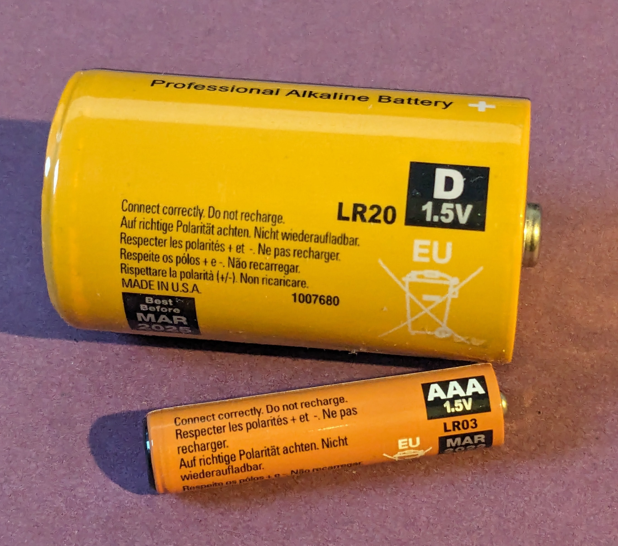Myths about teaching can hold you back
- Year 8
Measuring voltage
I can describe how to measure voltage and the effect of different cell or battery voltages on an electric circuit.
- Year 8
Measuring voltage
I can describe how to measure voltage and the effect of different cell or battery voltages on an electric circuit.
These resources were made for remote use during the pandemic, not classroom teaching.
Switch to our new teaching resources now - designed by teachers and leading subject experts, and tested in classrooms.
Lesson details
Key learning points
- Voltage is a commonly used term for potential difference.
- A voltmeter measures the voltage supplied by a cell or battery or across a component.
- A voltmeter is connected across the terminals of a cell, battery, or component.
- Voltage (or potential difference) is measured in volts (V).
- The voltage of a cell or battery indicates the force 'pushing' electric charges around a circuit.
Keywords
Voltmeter - A voltmeter is a device that measures the voltage supplied by a cell or battery or across a component.
Voltage - Voltage is a measure of the 'push' from a cell or battery that moves charge around a circuit.
Potential difference (p.d.) - Potential difference is a more formal term for voltage; they can be used interchangeably.
Volt (V) - A voltmeter measures the voltage (or potential difference) in units called volts (V).
Battery - Two or more cells connected in series form a battery.
Common misconception
Pupils are likely to use the words current, voltage, power, and energy interchangeably. They often have a consumption model of current and believe that voltage flows through a circuit.
It is essential that pupils distinguish between the current flowing through the circuit (which is conserved), the energy stored in the cell or battery and transferred elsewhere, and the voltage across the cell, battery or component.
To help you plan your year 8 science lesson on: Measuring voltage, download all teaching resources for free and adapt to suit your pupils' needs...
To help you plan your year 8 science lesson on: Measuring voltage, download all teaching resources for free and adapt to suit your pupils' needs.
The starter quiz will activate and check your pupils' prior knowledge, with versions available both with and without answers in PDF format.
We use learning cycles to break down learning into key concepts or ideas linked to the learning outcome. Each learning cycle features explanations with checks for understanding and practice tasks with feedback. All of this is found in our slide decks, ready for you to download and edit. The practice tasks are also available as printable worksheets and some lessons have additional materials with extra material you might need for teaching the lesson.
The assessment exit quiz will test your pupils' understanding of the key learning points.
Our video is a tool for planning, showing how other teachers might teach the lesson, offering helpful tips, modelled explanations and inspiration for your own delivery in the classroom. Plus, you can set it as homework or revision for pupils and keep their learning on track by sharing an online pupil version of this lesson.
Explore more key stage 3 science lessons from the Series circuits unit, dive into the full secondary science curriculum, or learn more about lesson planning.

Equipment
Licence
Prior knowledge starter quiz
6 Questions
Q1.Which of the following flow through the wires in electrical circuits?
Select all that apply.
Q2.Which of the following components is used to measure current?
Q3.Which of the following are units of current?
Q4.Which of the following components does the symbol shown represent?

Q5.Which two of the following components are shown in this circuit?
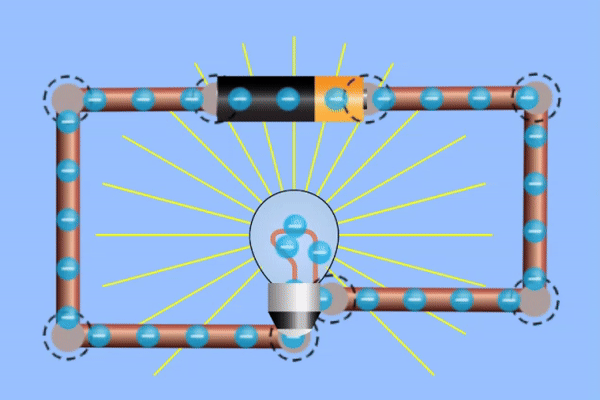
Q6.What is a voltmeter used to measure?
Assessment exit quiz
6 Questions
Q1.Which of the following is another term used for voltage?
Q2.Which of the following is the name of the device shown?
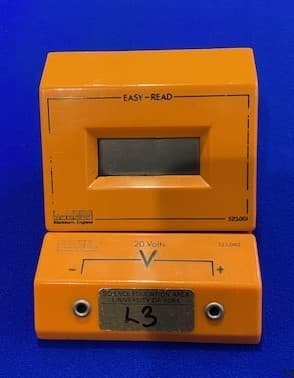
Q3.The circuit shown has been set up incorrectly.
Which of the following actions should be taken to correct it?
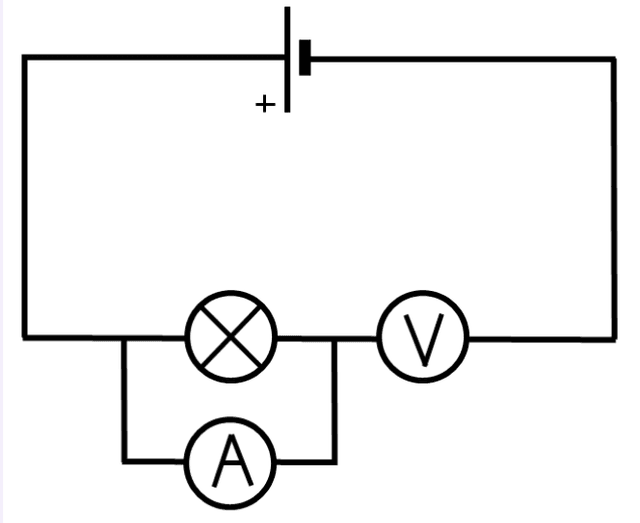
Q4.The lamps in the circuit shown contain identical bulbs and the circuit is working as it should be.
Which of the following statements about the circuit are correct?
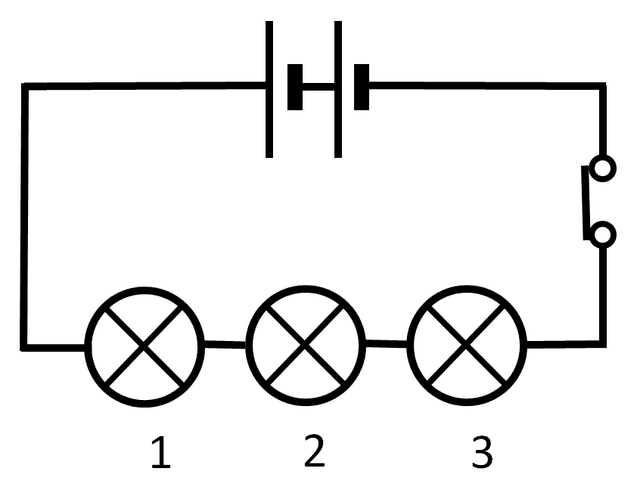
Q5.Starting with the lowest voltage, sort the following cells and batteries into order of increasing voltage.
Q6.The two alkaline cells shown can both be used for the same circuit.
Which of the following statements about the cells are correct?
